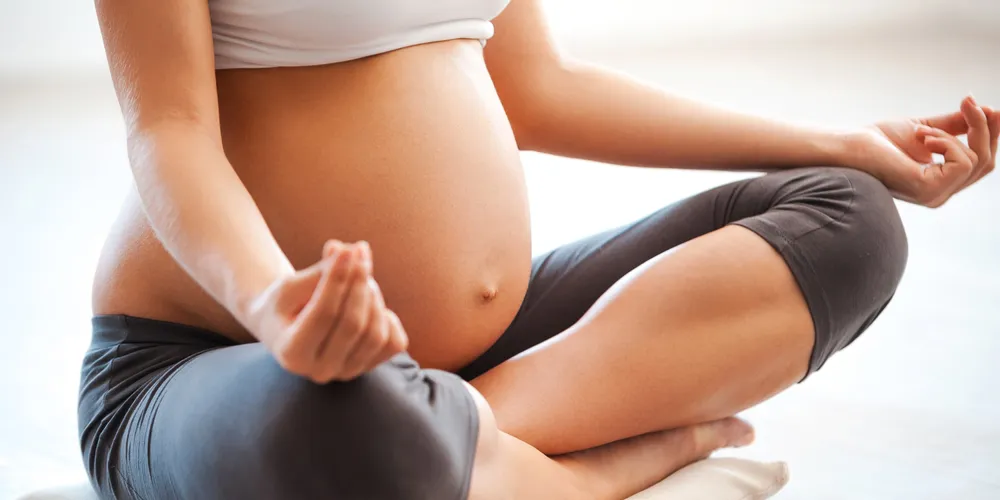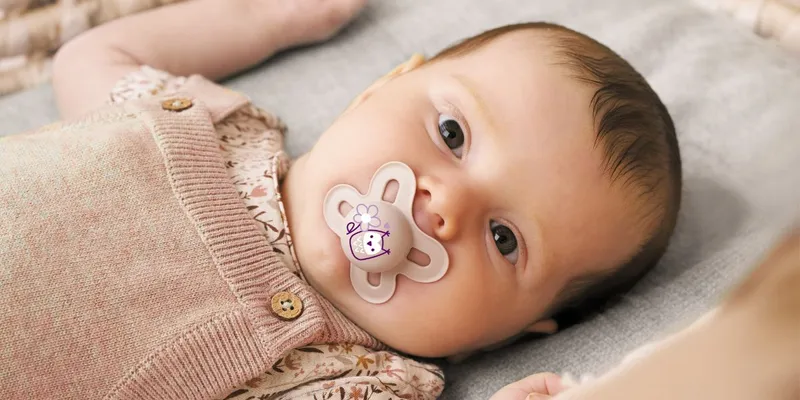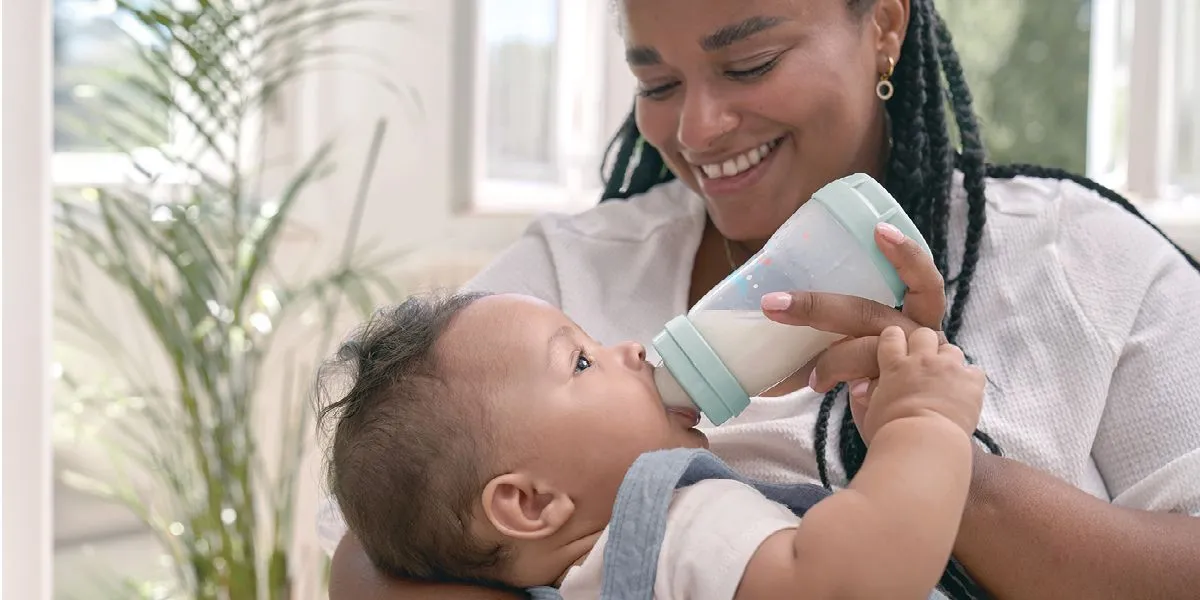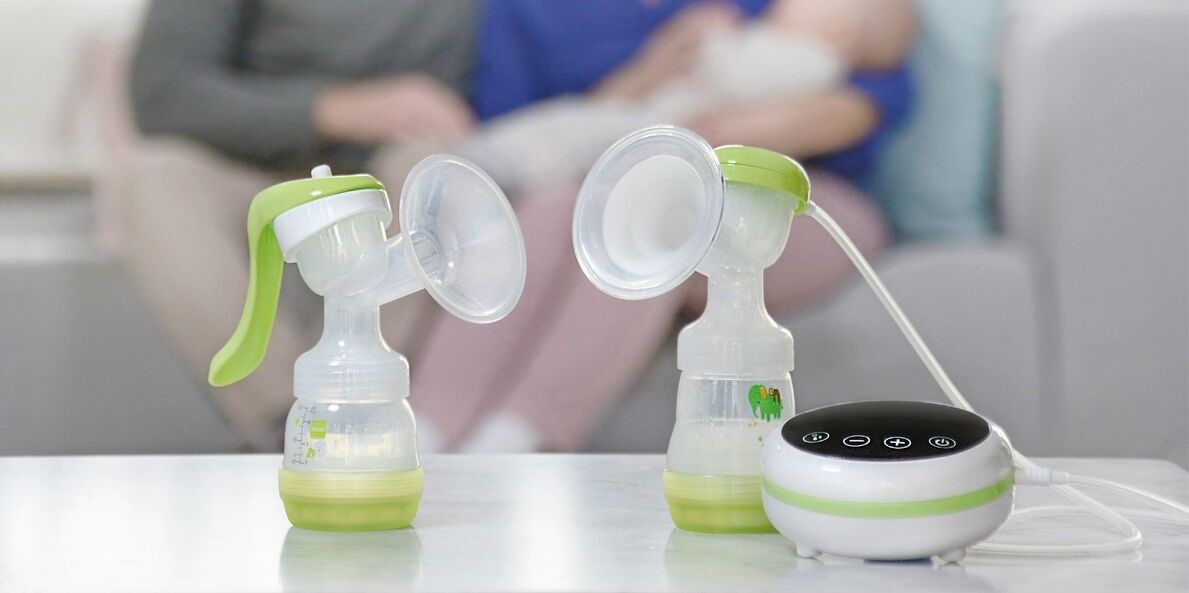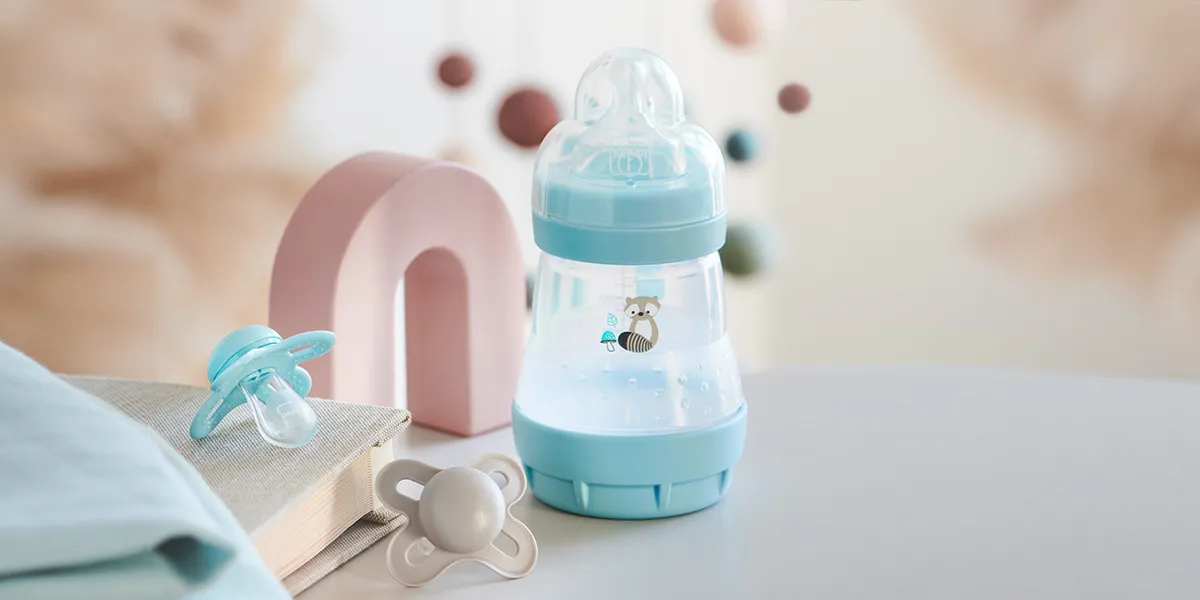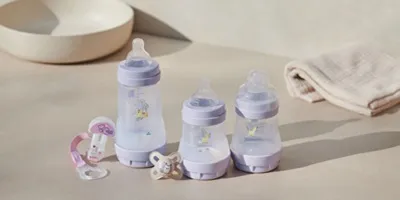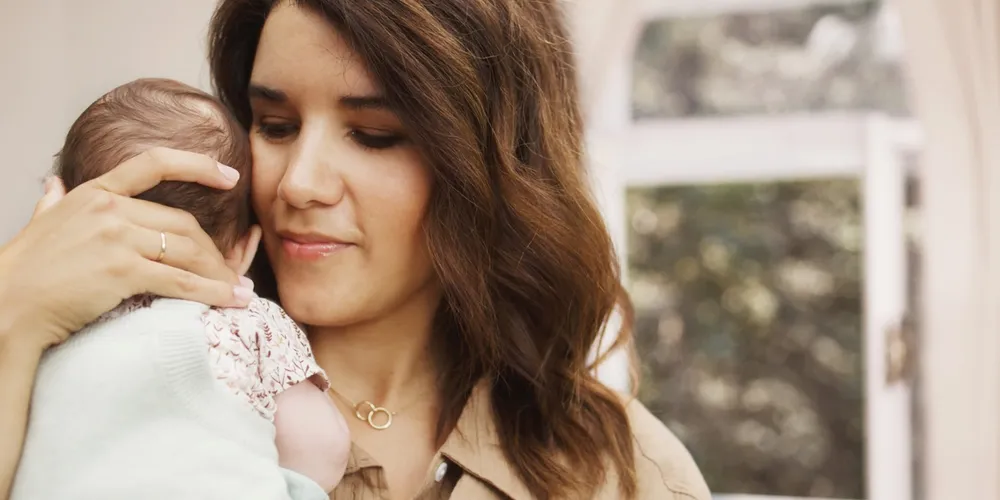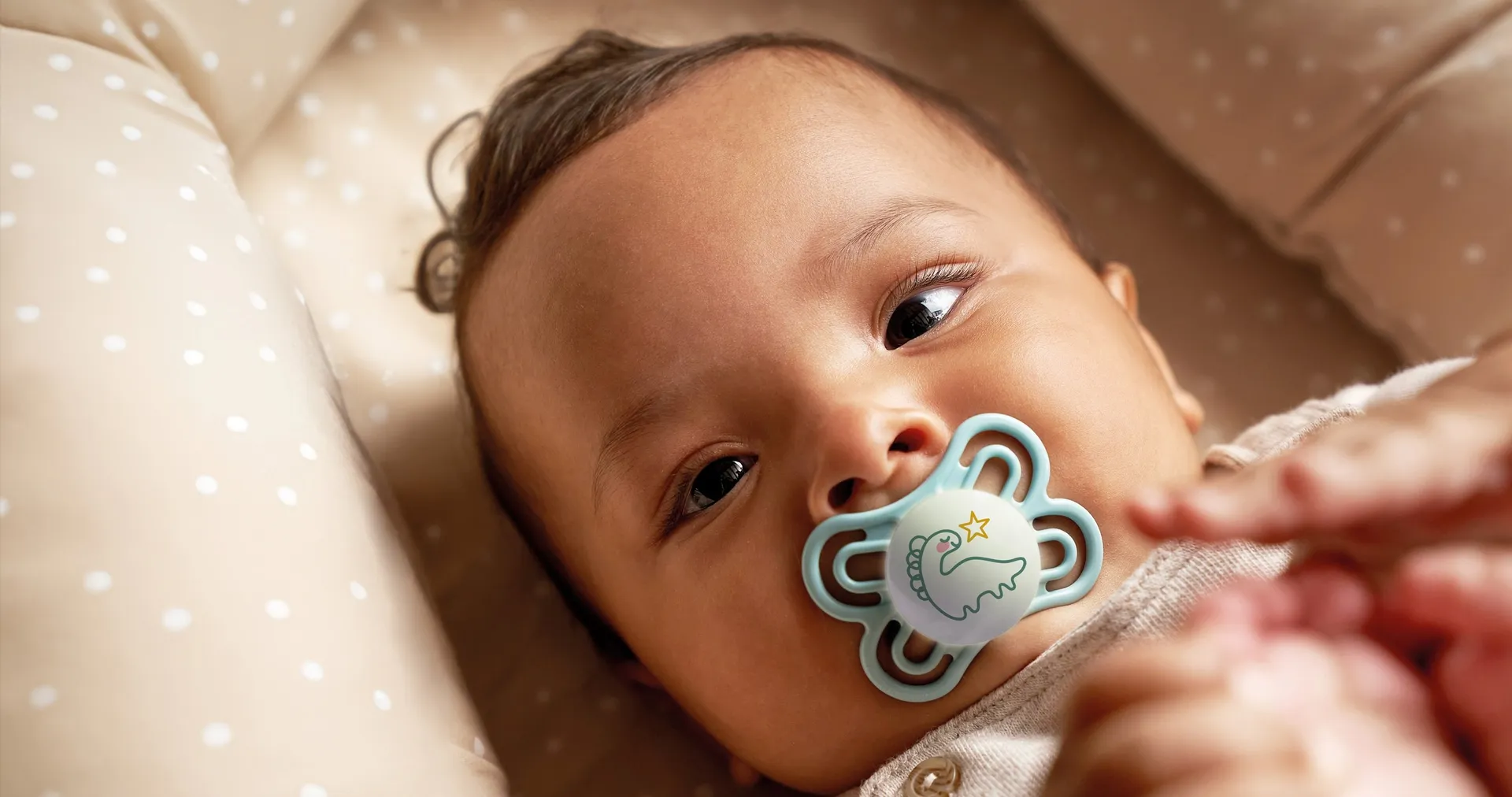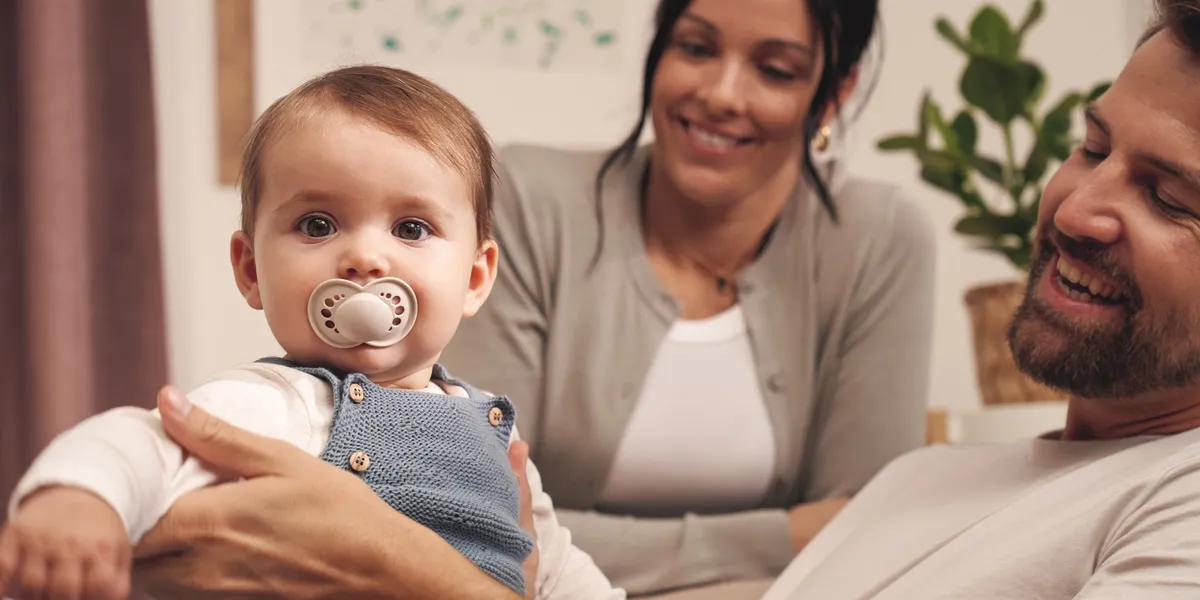Around the world, SIDS is researched extensively, which constantly brings new scientific findings. For example, the correct recommended sleeping position has changed several times over the past few years. The following measures reflect the latest scientific findings and should be followed to keep your child’s risk as low as possible.
- Children should always be put in bed lying on their back for sleeping. Front and side positions increase the risk of SIDS. Children should sleep in suitable baby sleeping bags. These must always be the correct size for the child. Do not use blankets as they may slide over the face.
- Use a firm, breathable mattress in good condition and do not place any plastic liners between the sheet and mattress.
- Babies should sleep in the parents’ bedroom, but in their own cot, which should have a duckboard. Do not place cots in front of radiators or windows.
- In the cot: no lambskin, no nests and pillows and no fluffy animals.
- The temperature in the bedroom should remain between 18 and 20 degrees Celsius.
- The baby‘s clothing should be suitable for the temperature of the surroundings. Parents tend to dress their children too warmly. In the sleeping bag a body stocking or thin pyjamas are sufficient – no socks, no hats, etc. The higher the surrounding temperature, the less the baby should wear.
- Babies should not be left alone. Stress caused by being alone, restlessness and emotional tensions are risk factors for SIDS.
- When possible, babies should be exclusively breastfed during the first months of life. If your baby is not breastfed, you should choose formula milk according to age and offer the baby sufficient physical contact.
- Smoking during pregnancy and in the baby‘s environment is to be absolutely avoided. Every cigarette not consumed by mother and child (actively and passively) reduces the risk of SIDS. Newborns who were exposed to nicotine during pregnancy are very often underdeveloped and have a lower birth weight.
- If you have chosen to give your baby a soother, you should use it every time your baby goes to sleep during the first year of life. Soothers should only be used after breastfeeding is fully established. There are, however, babies who will not accept a soother. Particular attention should then be paid to the other preventive measures.
Go to your regular maternity passport check-ups.










